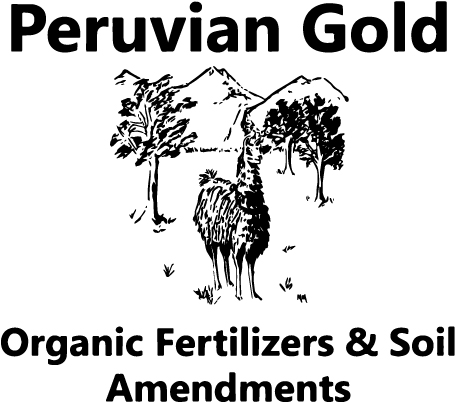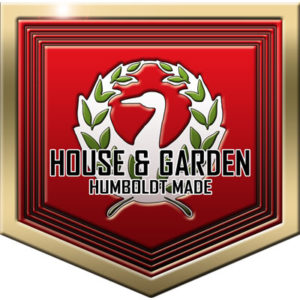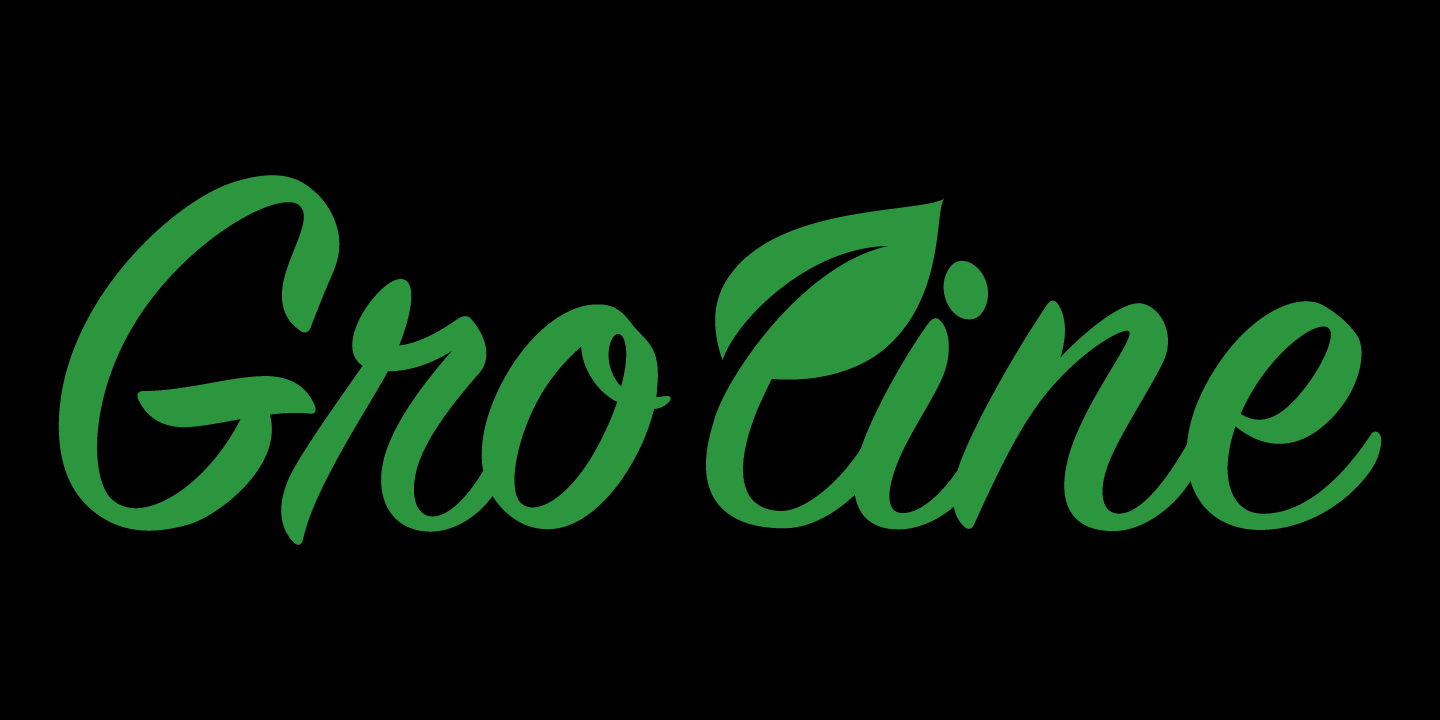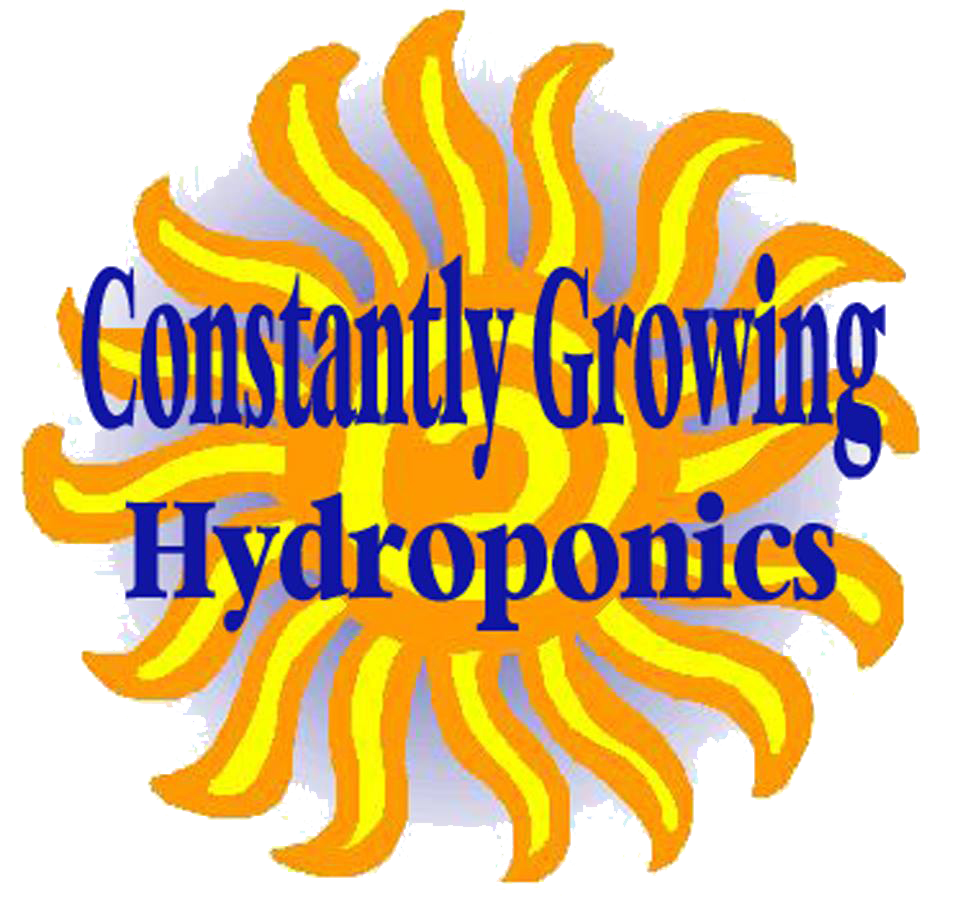Hydroponics is the growing of plants without using soil. Plants are instead grown in an inert medium, and fed a nutrient solution which includes all the elements necessary for plant growth.
- Hydroponics makes it possible to grow plants in locations where it would not normally be possible, e.g. poor soil, rocky areas, even balconies. With the use of artificial lighting, it is even possible to successfully garden in a spare room or garage.
- Less labor is required than growing in soil because no digging or weeding is required.
- Nutrients and moisture are fully accessible in a hydroponic system; since plants do not need to compete for nutrients, more can be grown in a smaller area.
- The increased control over growing conditions makes it easier to provide the best possible environment for plants, leading to better quality produce and higher yields.
- Fast growing, healthy plants grown by hydroponic methods are more resistant to pests and diseases. You will also notice improved flavor and texture in hydroponically grown fruits and vegetables.
Growing Media
Hydroponic growing requires some form of inert growing medium to support for plant and protect roots from sunlight. Many different media are used for hydroponic gardening, but all must provide the following:
1. Physical support for the plant.
2. Free passage of moisture (nutrient solution) to the root zone.
3. Proper drainage of surplus moisture.
4. Adequate air circulation to roots.
Typical Materials Include:
- Coarse sand, such as washed river sand--not beach sand.
- Gravel, 1/8"-3/8" (3-10mm) in diameter.
- Perlite, screened grade
- Vermiculite (can also be mixed with other media to increase water retention)
- Expanded Clay
- Rockwool
Nutrient Solutions
Proper nutrient formulation is essential to hydroponics. There are thirteen mineral elements necessary for satisfactory plant growth, and all must be present in the proper proportions. Although the "minor" elements are required in much smaller quantities than the "major" elements, plant growth will suffer if even one of these nutrients is missing.
Major elements: Common Sources
- Nitrogen: calcium nitrate or potassium nitrate
- Phosphorus: potassium phosphate, also from phosphoric acid used for pH control
- Potassium
- Calcium
- Magnesium: magnesium sulfate (Epsom salts)
- Sulfur
Minor Elements: Common Sources
- Iron: iron chelate (FeEDTA or FeDTPA - expensive but essential)
- Manganese: manganese sulfate
- Boron: borax or boric acid
- Copper: cupric sulfate, copper chelate
- Zinc: zinc sulfate, zinc chelate
- Molybdenum: ammonium molybdate
- Chloride: found in water supplies, or as a contaminate in the other materials.
Sodium, cobalt and silicon are also necessary in trace amounts.
Pre-mixed, dry blends of hydroponic nutrients are available, which need only be dissolved in water. It is considerably easier to use these mixes than to attempt to mix your own.
Nutrient Film Technique (NFT)
NFT was developed by Dr. Allen Cooper at the "Glasshouse Crops Research Institute" in Great Britain. In this method of hydroponic growing a thin film of nutrient-laden water spreads along the bottom of specially designed channels, flows down to a collector at the end of the channel, then drains to a reservoir tank. From the tank it is pumped back up to the top of the channel. Plants are placed at intervals along the channel, and grown with their root ends constantly moistened by the nutrient film. The nutrient film is shallow enough for most of the root mass to have direct access to oxygen from the surrounding air; splashing action when the nutrient solution returns to the reservoir tank also enhances oxygenation.
- Check the water supply for quantity and quality, and have it analyzed if necessary. It is sometimes advisable to modify the nutrient formulation based on the mineral content of the water. (If you are on town water you may be able to get a copy of the water analysis from your local water district.)
- It is important to use the correct type of channel, one which is wide enough so that normal root development will not dam the flow, and that allows the roots to breathe. Avoid round pipes--flat-bottomed channel is best. Also be wary of black plastics, as the temperature can rise excessively on a hot day.
- Install the channels with a minimum gradient of 1 in 40. To avoid pooling, make sure the gradient is steady and straight, with no dips or depressions in the channel bottom.
- Flow rate in channel is affected by the length and gradient of channel run, as well as the pressure and flow of the nutrient supply.
- Polythene and PVC pipe are usually used for supply and drain lines, and must be sized for adequate capacity. As drain lines operate by gravity flow, they must also be installed with a drop, or gradient, along their length. Drain lines must also be considerably larger than supply lines, which are pressurized.
- The reservoir tank should be sized so that one-half of its usable volume is sufficient to supply all channels; the tank remains half-full during operation. The tank should be constructed of non-toxic materials.
- Install a submersible pump which is capable of maintaining a flow of 0.5 - 1.0 liter per minute per gully. Attach a simple float valve to the water supply to maintain a constant water level and avoid burning out the pump. It is best to choose a pump with a comfortable margin of excess capacity. For commercial applications we recommend the Sta-rite line of pumps.
- All components exposed to the nutrient solution (piping, fittings, pumps, tanks, etc.) must be of non-toxic materials, i.e. stainless steel or virgin plastics.
The secret to obtaining consistently good results from hydroponics is to provide the best possible nutrient solution. The two factors to monitor are nutrient strength, and how acid or alkaline the solution is. Fortunately, there is a simple test for each of these.
One method of checking the strength of a nutrient solution is to measure how well it conducts electricity. Although absolutely pure water is not a conductor, the flow of electricity increases proportionally as salts are added. So measuring electrical conductivity (EC) is a direct indication of the nutrient level in a solution.
A CF (Conductivity Factor) meter determines conductivity by measuring the amount of electricity that passes between two electrodes placed in the solution. CF meters designed for use with hydroponic systems usually have a scale of 0-100 CF units. Nutrient level is also often expressed in Parts Per Million (ppm), so it is helpful to know that 65 PPM is equivalent to one CF unit. (Just for the record, ten CF units are equal to 1 milliMho, also called milliSiemen.)
Different crops have different nutrient needs and grow better at different CF values. Lettuce, for example, grows best between 6 and 12 CF units, while tomatoes are heavier feeders and are happiest at 22 to 28 CF units. Adding more nutrient (in the proper proportions, of course) will increase the CF level. To lower the CF reading of a solution, simply add more water. Plants generally grow best at levels of 7.5-20 CF, although readings of 20-30 CF are considered acceptable. Nutrient levels above 30 CF should be avoided, as there is the potential for soluble salt damage.
In order to optimize the nutrient solution for a specific crop, commercial growers generally segregate different crops, growing each in a separate system. This is not usually necessary for the home gardener, as satisfactory results may be obtained by using a nutrient level that represents a compromise of the needs of the various plants.
Most people are familiar with pH ("potential hydrogen") as an indicator of how acid or alkaline a solution is. The pH scale ranges from 0 pH (very acidic) to 14 pH (highly alkaline). Pure water, at 7 pH, is neutral--neither acidic or alkaline. Maintaining proper pH is critical, whether growing in soil or hydroponically. Plants absorb each nutrient element only within a certain pH range, and because this range is different for different nutrients, there is only a relatively small pH range in which all nutrients are available.
Plants can generally survive within a pH range of 5.0 - 7.5. Below 5.0 pH there is a danger of burning and destroying the sensitive root tissues, while at pH levels of 7.0 and above some nutrients may precipitate out of solution and become unavailable to the plants. The optimum level is about 6.3 or 6.5 pH, with anything in the range of 6.0 - 7.0 being acceptable. Unless an automated controller is being used, the pH level should be manually tested and corrected daily.
The natural tendency in hydroponics systems is for the pH level to rise as plants use up nutrient. This must be corrected by use of an adjusting "pH down" (acidic) solution. There are also alkali, or "pH up" solutions available to correct a pH level that has become too low. An adjusting solution (either acid or alkali) should not be introduced into the system at full strength because this can lock up (precipitate) nutrients, in addition to being a shock to the system. Ideally, the adjuster should be diluted to about 0.001 strength (0.1% solution) before it is introduced into the system. For example, if you begin with "full strength" (75% solution) of phosphoric acid, you should dilute one part acid to about 750 parts of fresh water. Similarly, acid (or alkali) at 8% strength would ideally be diluted one part adjuster to 80 parts fresh water.
More Operating Hints
- Plants may be sprayed as required, but be careful about allowing spray runoff to drain into the nutrient solution, as toxic levels may accumulate. For example, excessive levels of copper spray in the nutrient can cause certain plants to lose fruit or even die.
- Root tissues should not be allowed to get either too cold or too hot. Maintain the nutrient solution at a minimum temperature of 47-50°F (8-10°C) at night, and a maximum of 65-68° F (18-20°C) during the day. It may be necessary to heat the nutrient in winter. Avoid excessively high temperatures.
- When using an automatic controller, be sure to check the pH and nutrient level manually at least once a week. Clean and buffer the pH probe weekly. Check the conductivity cell and clean if any signs of deposit are visible on the measuring surface.
- If plants begin to exhibit unusual signs (such as discoloration, wilting or dying leaves) you should change the nutrient as a precautionary measure. Flush the system with plain water for several hours, then refill the tank and introduce fresh nutrients. Be cautious about using very cold water on a hot day as the plants could suffer temperature shock.
Our Brands

Slide title
Write your caption hereButton
Slide title
Write your caption hereButton
Slide title
Write your caption hereButton
Slide title
Write your caption hereButtonSlide title
Write your caption hereButtonSlide title
Write your caption hereButton
Slide title
Write your caption hereButton
Slide title
Write your caption hereButton
Slide title
Write your caption hereButton
Slide title
Write your caption hereButton
Slide title
Write your caption hereButton
Slide title
Write your caption hereButton
Slide title
Write your caption hereButton
Slide title
Write your caption hereButton
Slide title
Write your caption hereButton
DIAMOND SPRINGS
6200 Enterprise Dr,
Diamond Springs, CA 95619
Mon - Fri 9:00 am - 6:00 pm
Sat 9:00 am - 4:00 pm
Sun 10:00 am - 4:00 pm
RANCHO CORDOVA
11379 Pyrites Way,
Rancho Cordova, CA 95670
Mon - Fri 10:00 am - 6:00 pm
Sat 10:00 am - 5:00 pm
Sun 10:00 am - 5:00 pm
DIAMOND SPRINGS
6200 Enterprise Dr,
Diamond Springs, CA 95619
Mon - Fri 9:00 am - 6:00 pm
Sat 9:00 am - 4:00 pm
Sun 10:00 am - 4:00 pm
RANCHO CORDOVA
11379 Pyrites Way,
Rancho Cordova, CA 95670
Mon - Fri 10:00 am - 6:00 pm
Sat 10:00 am - 5:00 pm
Sun 10:00 am - 5:00 pm





